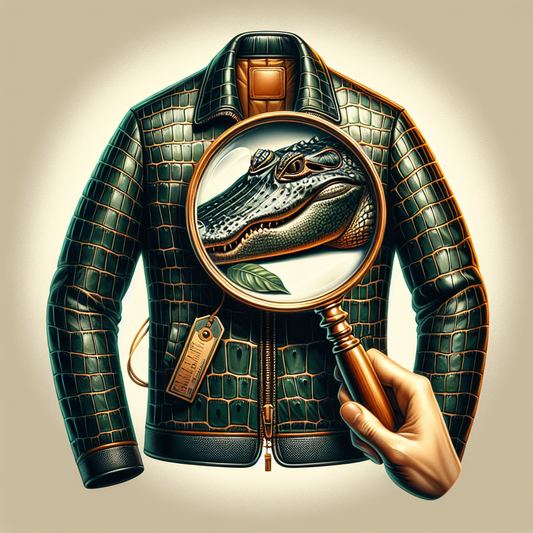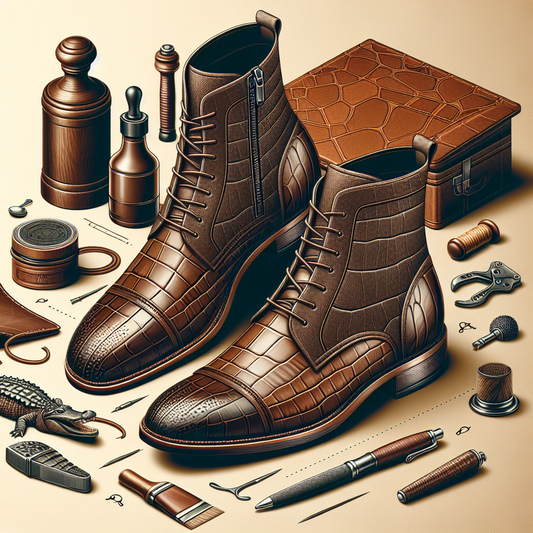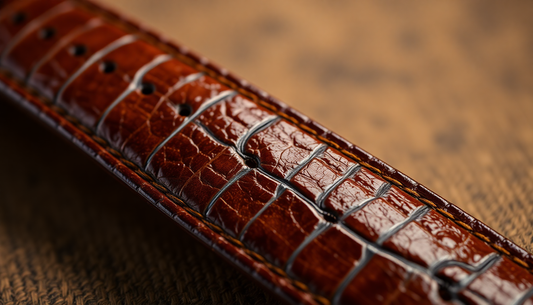Leather Shoes: Exploring the Animal Sources
The Animal Kingdom and Leather Shoes
Leather, a material revered for its durability and elegance, has long been a staple in footwear. But the question arises: what animals are the sources of this prized material? While a variety of animals contribute to the leather industry, certain species are particularly renowned for their unique qualities, lending themselves to the creation of premium leather shoes.
Common Sources of Leather for Shoes:
Here are some of the most frequent animal sources for leather shoes:
- Cow: The most common source of leather, cowhide is known for its durability, affordability, and versatility. It's often used in casual, dress, and work shoes.
- Pig: Pigskin, while not as durable as cowhide, offers a soft and supple texture. It's frequently used in linings and uppers for a variety of shoes.
- Sheep: Sheepskin is known for its luxurious feel and breathability. It's often used in shearling boots and slippers.
- Goat: Goatskin is durable and has a distinctive, pebbled texture. It's often used in shoes that require both strength and a unique aesthetic.
Exotic Leather Options:
Beyond the common sources, certain exotic animals contribute to the world of high-end footwear. These include:
- Ostrich: Ostrich leather is characterized by its distinctive bumps and grain patterns, lending a luxurious and exotic touch to shoes.
- Lizard: Lizard leather, such as that from the alligator or caiman, is known for its unique scales and durability. It's often seen in high-end, statement shoes.
- Snake: Snake leather, particularly from pythons or boas, is prized for its beautiful scales and smooth texture. It's often used in sophisticated and elegant shoes.
- Horse: Horse leather is known for its durability and suppleness, making it suitable for a range of shoe styles.
Ethical Considerations:
As consumers, it's crucial to be aware of the ethical implications of using animal leather. Ensuring the leather originates from sustainably managed sources is paramount. Organizations like the Leather Working Group (LWG) provide certifications that promote responsible leather production.
Choosing Leather Shoes:
When selecting leather shoes, consider factors beyond just aesthetics. The type of leather, its source, and the ethical practices behind its production should all play a role in your decision. By making informed choices, you can enjoy the beauty and durability of leather while supporting ethical and sustainable practices.
Remember that leather is a natural material with inherent variations. Each piece is unique, reflecting the individuality of the animal from which it originated. This natural variation adds to the beauty and charm of leather footwear.








